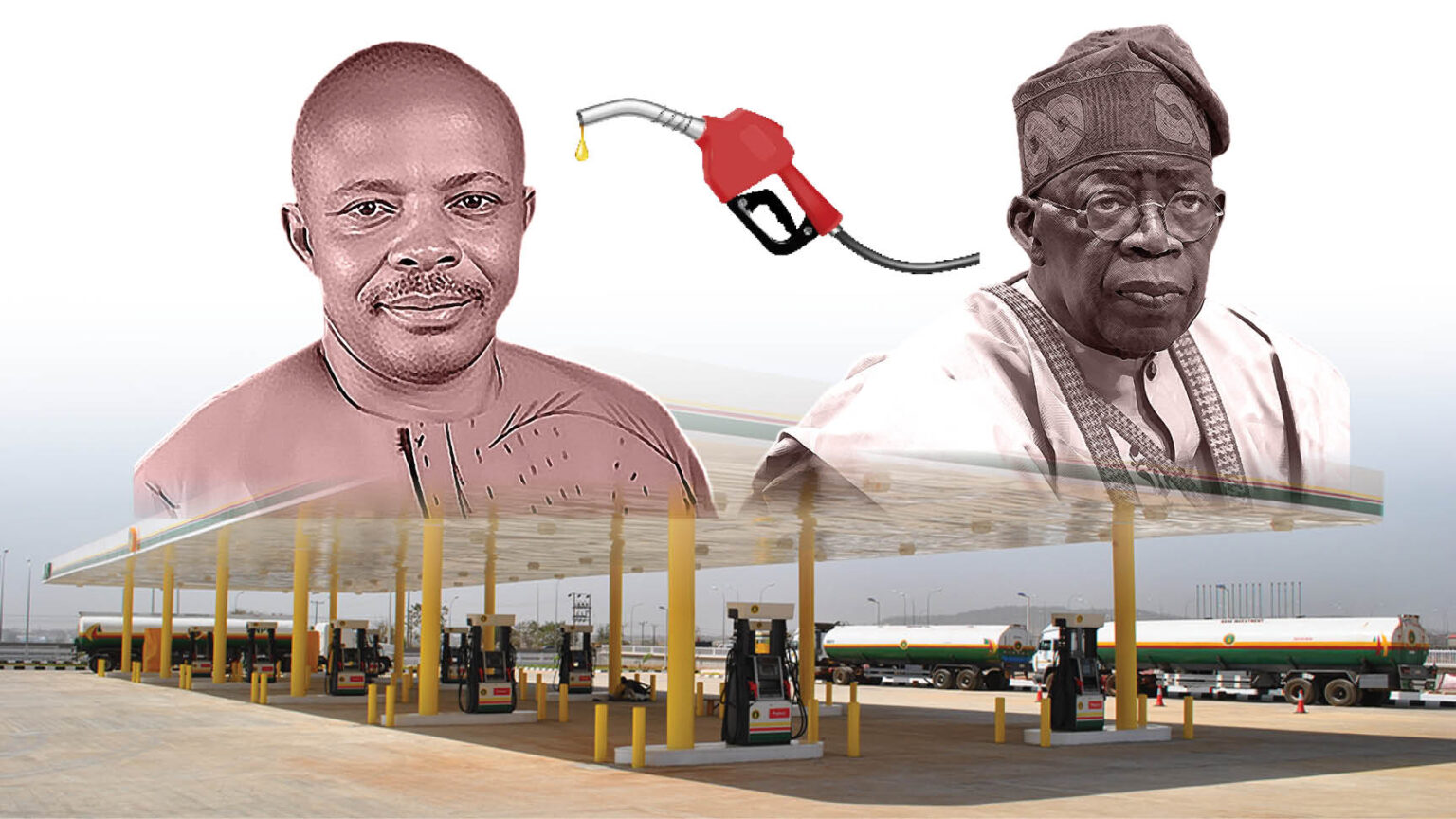NEW YORK TIMES
The Starliner has landed.
Boeing’s troubled spacecraft has finally come home, but the two NASA astronauts who traveled in it to the International Space Station in June remain in orbit.
Out of an abundance of caution, NASA officials decided not to put the astronauts, Suni Williams and Butch Wilmore, on Starliner for the return trip. They will spend an additional five months on the space station as part of the crew before coming back to Earth around February.
The undocking, re-entry and landing of Starliner proceeded smoothly, supporting the contention of Boeing officials that the vehicle was safe for the astronauts. None of the worries about Starliner’s thrusters turned out to affect the return.
Descending under three parachutes, the capsule touched down at White Sands Space Harbor in New Mexico at 12:01 a.m. Eastern time on Saturday (10:01 p.m. Friday in New Mexico). Airbags at the bottom of the capsule cushioned the impact.
The big maneuver of the evening was a success.
After several orbits of the planet, at 11:17 p.m., the large thrusters on Starliner fired for almost a minute to drop Starliner out of orbit. It then discarded its service module — the cylindrical component below the crew capsule that contained the troublesome thrusters.
“The flight home is going smooth,” a commentator said on NASA’s video coverage of the landing.
The crew capsule re-entered Earth’s atmosphere over the central Pacific, traveling to the northeast, crossing northwest Mexico en route to touching down in the Chihuahuan Desert.
Earlier in the evening, after leaving the space station, Starliner conducted test firings of 12 thrusters on the crew capsule section of the spacecraft. One did not work, but that does not pose a problem, because there are two redundant systems of six thrusters each. These are a separate set of thrusters from the ones on the service module.
The flight controllers also fired 10 of the service module thrusters, and those all worked as expected.
NASA’s video coverage of the re-entry and landing of Starliner is ongoing, and you can watch it in the video player above.
Undocking earlier this evening was a smooth affair.
At 6:04 p.m. Eastern time, hooks that held Starliner tight to the space station retracted, and springs on the spacecraft pushed it away from the docking port. At that moment, it was about 260 miles above central China.
Then a series of thruster firings gently nudged Starliner up and over the space station.
“Starliner is now on a path back to Earth,” Anna Schneider, a NASA spokeswoman, said about 20 minutes after the vehicle undocked and reached a distance far enough away that space station flight controllers no longer needed to keep an eye on it. At the higher altitude, it is moving more slowly than the space station and the distance between them is growing quickly.
That was an uneventful beginning to the end of the mission, which launched in June, on a test flight that was the first time Starliner carried people to orbit. The flight was intended as a final shakedown before NASA certified the spacecraft for once-a-year missions taking astronauts to and from the space station.
The vehicle’s propulsion system experienced problems during its approach to the space station, including several balky thrusters and leaks of helium, a gas used to push propellant in the weightlessness of orbit. Although Starliner was able to dock successfully, the cause of the problems is still not fully understood, and NASA officials decided it would be safer for Starliner to return without anyone aboard.
Why is Starliner traveling home with no astronauts aboard?
The Starliner mission carried two NASA astronauts, Suni Williams and Butch Wilmore, to the space station.
Lingering uncertainty about the cause of the vehicle’s propulsion problems led to unease that there might be a more serious underlying issue. A catastrophic failure of Starliner’s propulsion system during the return trip could leave the spacecraft stranded in orbit or it could burn up during re-entry.
Boeing officials have said that they believe the weeks of analysis and ground tests show that Starliner could have safely taken Ms. Williams and Mr. Wilmore back to Earth. But NASA officials decided it would be less risky for the two astronauts to remain on the space station instead of returning to Earth in Starliner.
Before the undocking, Ms. Williams, who several years ago had given this vehicle the name Calypso, thanked the Boeing mission control team.
“It is time to bring Calypso home,” she said. “We have your backs and you’ve got this. Bring her back to Earth. Good luck.”
In turn, Chloe Mehring, the flight director, thanked the astronauts, who have spent years preparing for this flight. “We remember every setback and every revelation with you,” Ms. Mehring said. “The teams on the ground have worked countless hours over the last few weeks, months, and, for a group of us, years to bring Calypso back, and we’re ready to that today.”
What happens to the astronauts now?
The two Starliner astronauts will become full-fledged members of the space station crew. NASA calls each rotation of crew members an “expedition,” and Ms. Williams and Mr. Wilmore will now be part of Expedition 72.
Later this month, two other astronauts, Nick Hague of NASA and Aleksandr Gorbunov of Russia, are scheduled to launch to the space station in a SpaceX Crew Dragon capsule, to also serve as part of Expedition 72. For Ms. Williams and Mr. Wilmore to have seats on the return trip to Earth next year, two other NASA astronauts who had been scheduled to serve on Expedition 72 — Zena Cardman and Stephanie Wilson — were bumped from the mission, known as Crew-9.



Connect with us on our socials: